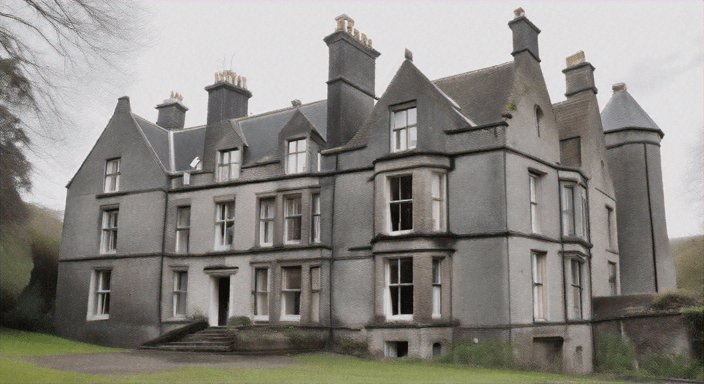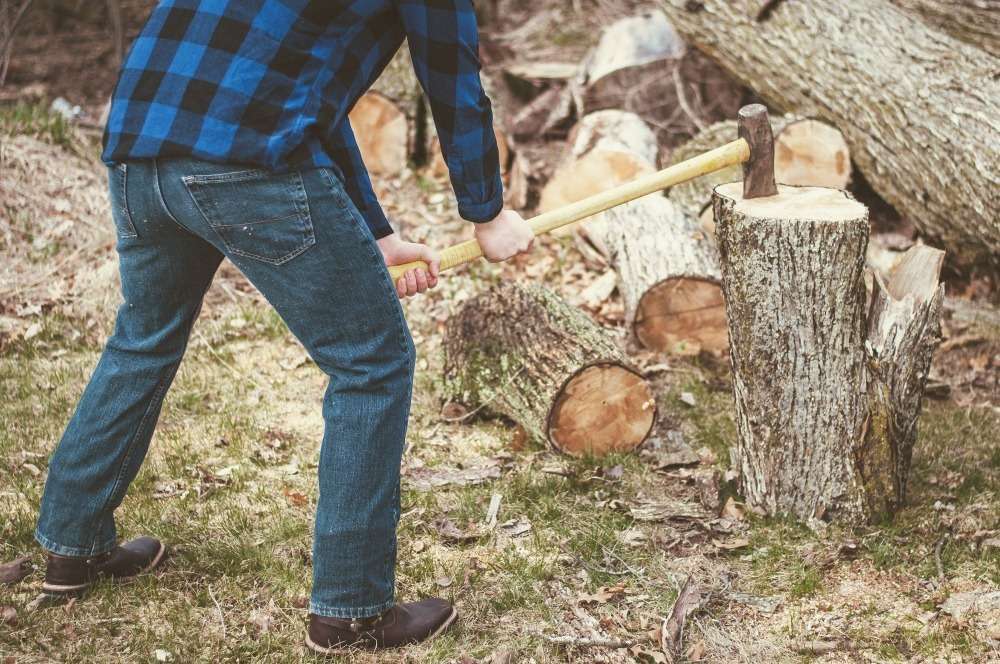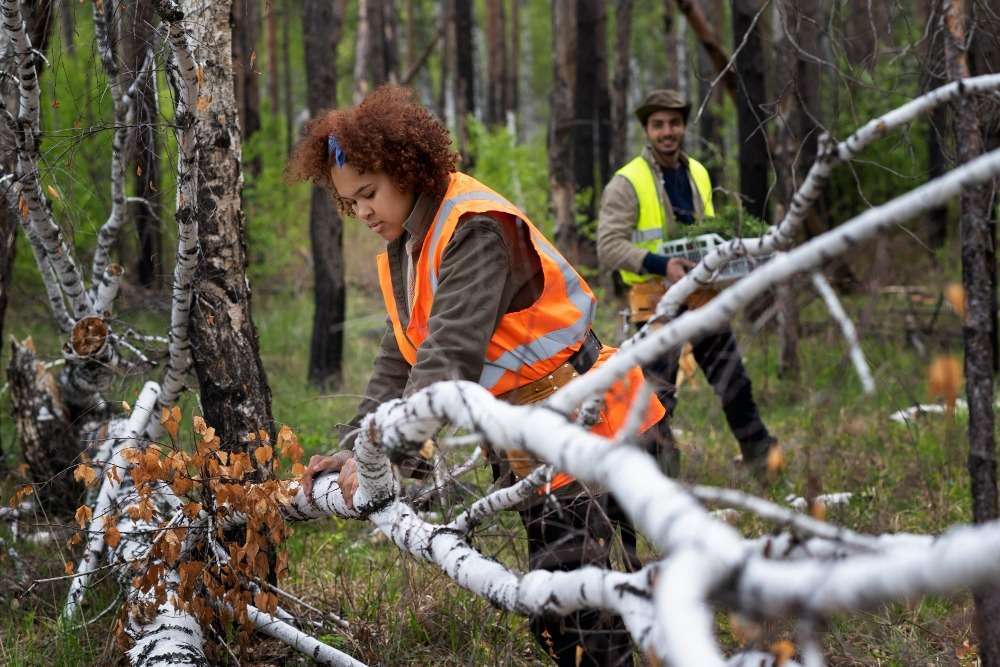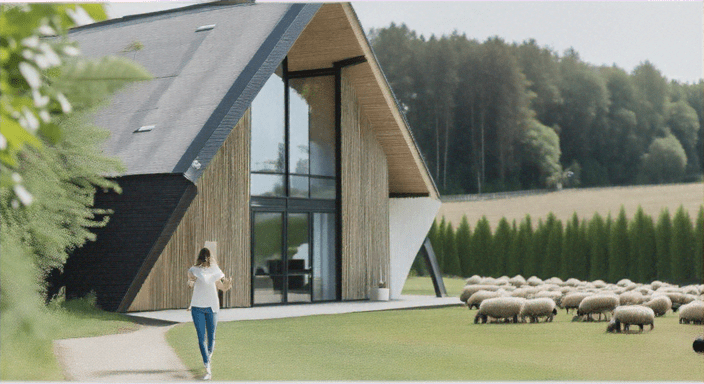Seniors aiming to buy and renovate abandoned properties face unavoidable challenges. Balancing costs and ensuring the home meets accessibility standards can be daunting. This guide provides practical tips for seniors, covering everything from budgeting to designing an accessible living space.
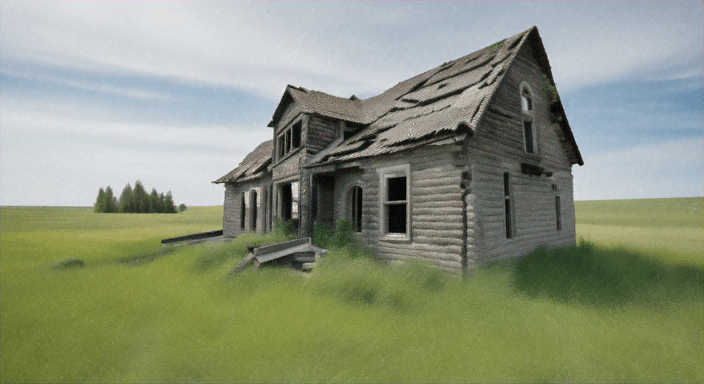
1. Renovation Costs: Strategic Budgeting for Major Repairs
The financial burden of renovating an abandoned home can be substantial. For seniors with a fixed income, meticulous planning for both foreseen and unforeseen expenses is crucial.
-
Structural Repairs: Abandoned homes commonly suffer from foundation damage, roof leaks, and electrical or plumbing failures. These repairs can cost anywhere from $10,000 for minor issues to over $50,000 for extensive structural work.
-
Cosmetic Upgrades: The cost of painting, flooring, and basic kitchen or bathroom remodels can vary significantly, typically ranging from $5,000 to $25,000 depending on the extent of work and materials selected.
-
Unexpected Costs: Renovations often uncover hidden problems like mold, asbestos, or outdated wiring. It’s advisable to allocate 10-20% of the renovation budget for such unforeseen issues.
Solution:
-
Obtain Multiple Estimates: Before finalizing a purchase, gather quotes from multiple contractors to fully understand the renovation costs.
-
Renovation Loans: Seniors should consider renovation loans like the FHA 203(k) loan, which combines mortgage and renovation costs into a single loan, simplifying the financing process.
2. Creating an Accessible Living Space for Seniors
Ensuring a home is accessible is vital for seniors’ long-term comfort and safety. Abandoned homes, especially older ones, typically lack accessibility features, necessitating targeted renovations.
-
Install Ramps and Grab Bars: For seniors with mobility challenges, installing ramps at entrances and grab bars in bathrooms can significantly enhance safety. These installations are generally affordable, with grab bars starting at $100 and ramps averaging between $1,000 and $3,000 depending on materials and design.
-
Widen Doorways: Older homes often have narrow doorways, which can be problematic for wheelchairs or walkers. Widening doorways usually costs between $500 and $1,000 per doorway.
-
Bathroom Modifications: Converting a traditional bathtub to a walk-in shower or installing a raised toilet can make bathrooms safer and more user-friendly. These renovations can range from $3,000 to $10,000 depending on the scope.
Solution:
-
Prioritize Safety: Focus initially on essential safety features like ramps, grab bars, and non-slip flooring. These are cost-effective and offer immediate accessibility improvements.
-
Seek Grants and Assistance: Explore programs that offer financial aid for seniors requiring accessibility modifications, such as HUD grants or Medicaid’s home modification assistance programs.
3. Finding the Right Contractor: Tips for Seniors
Selecting a reliable contractor is essential when renovating an abandoned home. Seniors must be particularly wary of scams or contractors who overcharge.
-
Look for Licensed and Insured Contractors: Ensure any contractor you hire is licensed and insured in your state. This provides protection in case of accidents or non-compliance with building codes.
-
Get Detailed Quotes: Request itemized quotes that detail the costs for labor, materials, and other fees. This transparency helps prevent unexpected price increases during the project.
-
Check References: Ask for references from past clients, particularly those who have completed similar renovation projects. This ensures the contractor has relevant experience.
Solution:
-
Use Reputable Sources: Search for contractors through trusted platforms like HomeAdvisor or Angie’s List, where reviews and ratings are verified.
-
Ask for Multiple Bids: Obtain quotes from at least three contractors to ensure you’re getting a fair price and can compare their experience and methodologies.
4. Balancing Functionality and Aesthetics in Renovations
While creating a functional and accessible home is paramount, aesthetics also contribute to making the space comfortable and enjoyable. Seniors should strike a balance between essential renovations and upgrades that enhance the home’s appearance.
-
Energy Efficiency Upgrades: Installing energy-efficient windows, doors, or insulation not only enhances comfort but also reduces long-term utility costs. This is a wise investment for seniors on a fixed income.
-
Kitchen and Bathroom Upgrades: These areas often add significant value to a home. Even minor improvements, such as new countertops or energy-efficient appliances, can make daily living more comfortable and increase the home’s resale value.
-
Lighting Improvements: Incorporating bright, energy-efficient lighting, particularly in hallways and bathrooms, can enhance both the home’s appearance and safety for seniors, reducing the risk of falls.
Solution:
-
Focus on High-Impact Areas: Prioritize renovations that improve daily living and safety, such as the kitchen, bathroom, and lighting. These upgrades enhance both functionality and aesthetics.
-
Use Durable, Low-Maintenance Materials: When renovating, opt for easy-to-maintain materials like vinyl flooring or quartz countertops, which minimize the need for frequent repairs or upkeep.
5. Staying on Budget: Avoiding Common Renovation Pitfalls
Renovations can easily exceed budget, especially with abandoned homes that may have hidden issues. Seniors need to remain vigilant to avoid financial strain.
-
Scope Creep: This occurs when additional renovations are added during the project, leading to increased costs and delays. While it’s tempting to make extra upgrades, it’s important to adhere to the original plan unless absolutely necessary.
-
Payment Terms: Avoid paying contractors the full amount upfront. Instead, negotiate a payment schedule based on project milestones. This ensures that work is progressing as planned before full payment is made.
-
Permits and Inspections: Ensure that all required permits are obtained, and schedule inspections at key stages of the renovation to avoid fines or legal issues later.
Solution:
-
Set a Realistic Budget: Create a budget that includes not only the cost of the renovations but also a 10-20% buffer for unexpected expenses. Avoid overspending on non-essential upgrades until the primary renovations are complete.
-
Keep Communication Open: Maintain regular communication with your contractor and request updates on progress and costs. This helps avoid misunderstandings and keeps the project on track.
Renovating an abandoned home offers both challenges and opportunities for seniors. With careful budgeting, prioritizing accessibility, and working with reliable contractors, seniors can transform these properties into safe, comfortable, and attractive homes. By focusing on both functionality and aesthetics, seniors can create a living space that meets their long-term needs while staying within their financial limits.

